Join on WhatsApp
Get the latest updates directly on WhatsApp – motivation, news & more!
October is a transitional month in the garden. The long days of summer have passed, but that doesn’t mean your garden needs to slip into hibernation just yet. In fact, there’s still time to sow plants that not only tolerate the cold but thrive in it. These winter-ready varieties take root in the cooler autumn soil and continue to grow, offering you vibrant greens, nourishing roots, and even flowers throughout the colder months.
Whether you’re working with raised beds, containers, or open ground, here are seven winter-hardy plants you can sow now to keep your garden alive and productive well into the next season.
Spinach
Spinach is one of the most cold-tolerant leafy greens you can grow, and October is a great time to plant it. Sow seeds directly into well-drained soil, about half an inch deep and a few inches apart. As temperatures drop, spinach becomes even sweeter, making it a delicious and nutritious choice for winter salads and cooking.
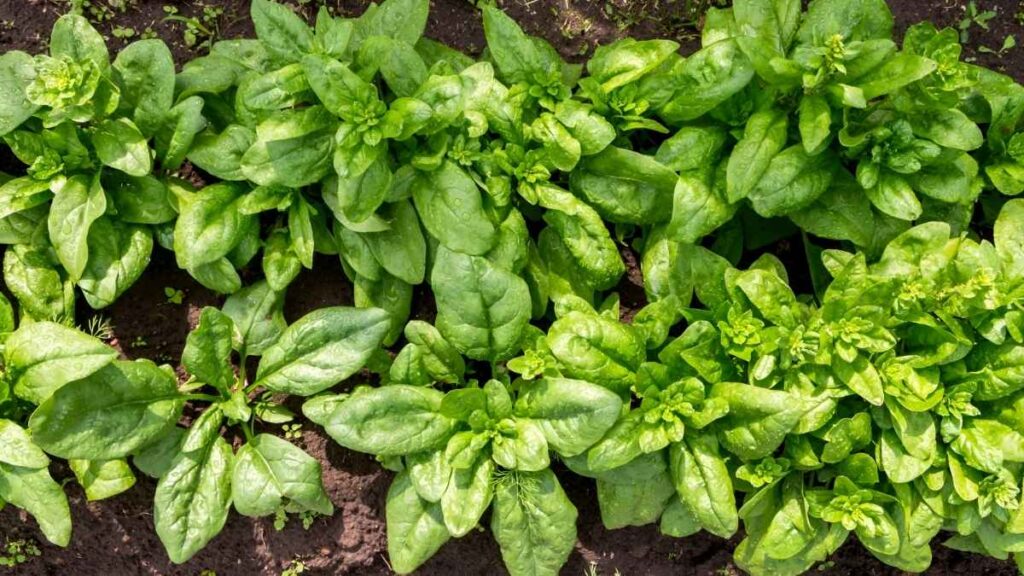
This hardy green can survive frost and even light snow. In milder climates, spinach will continue to grow slowly throughout the winter and can be harvested leaf by leaf. In colder regions, consider covering it with a cloche or row cover for extra protection.
Garlic
Garlic is a classic crop to plant in October. It needs the cold of winter to form strong, flavorful bulbs by late spring or early summer. Choose firm, healthy cloves and plant them pointy end up, about 2 inches deep and 6 inches apart.
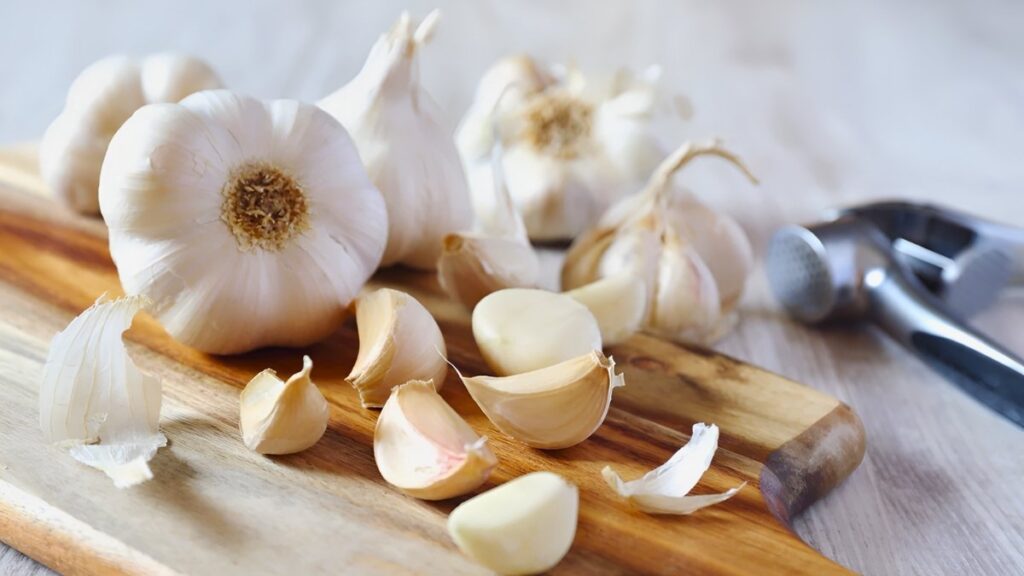
As garlic quietly establishes itself underground, it begins to form a robust root system that supports healthy bulb growth once warmer weather returns. Mulch generously with straw or shredded leaves to insulate the soil and suppress weeds over winter.
Garlic is a low-maintenance, high-reward crop that fits perfectly into the rhythm of a winter garden.
Winter Lettuce
Many people assume lettuce is a spring-only crop, but several varieties are bred specifically for cold tolerance. Look for winter cultivars such as ‘Winter Density’, ‘Arctic King’, or ‘Valdor’. These varieties grow slowly in cool temperatures and can often survive light frosts unprotected.
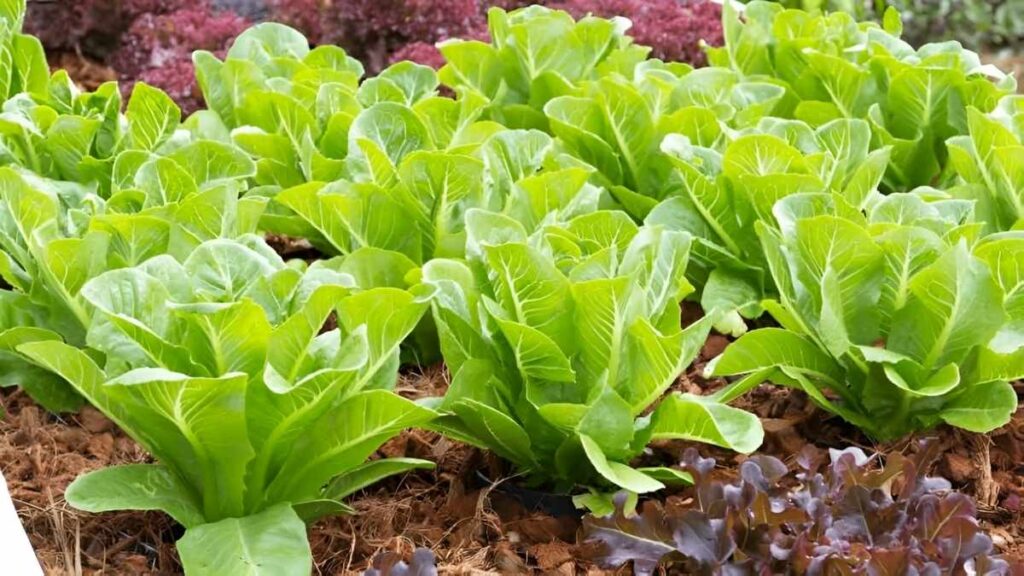
Sow the seeds in rows or containers with good drainage, and be sure they get enough light to germinate. In regions with very cold winters, a simple plastic tunnel or cold frame can make a big difference, extending your harvest through December or even later.
The reward? Crisp, homegrown lettuce when fresh greens are hardest to find.
Broad Beans (Fava Beans)
Broad beans are an ideal crop to sow in October. They germinate in cool soil and grow slowly over the winter, producing an early spring harvest. Hardy varieties like ‘Aquadulce Claudia’ can withstand frost and even snow.
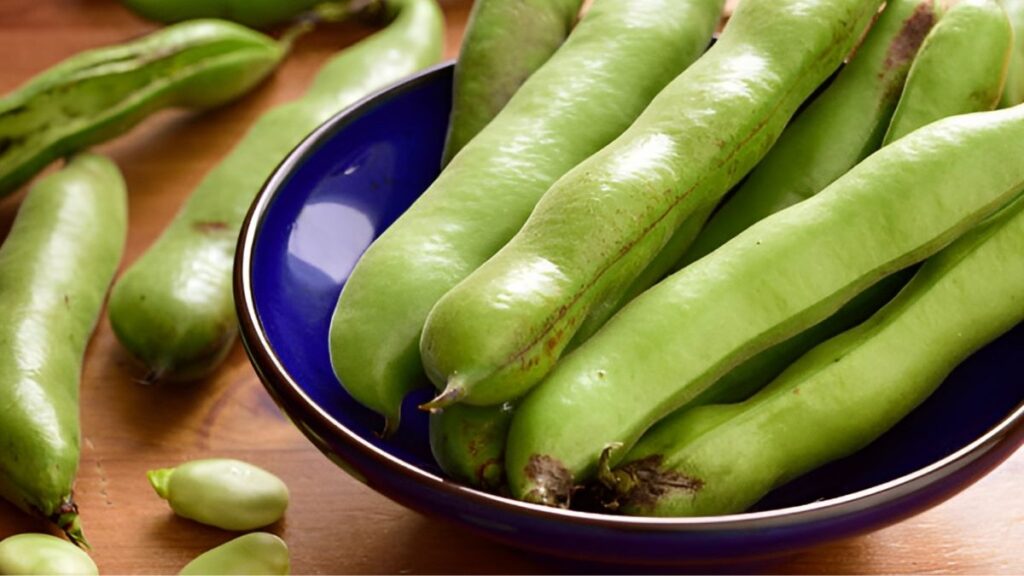
Sow seeds directly into prepared beds, about 2 inches deep and spaced well apart to allow airflow. Once established, broad beans require minimal care over winter. In spring, they burst into bloom with fragrant flowers, attracting pollinators before producing delicious pods.
An added bonus: broad beans fix nitrogen in the soil, enriching it for the crops that follow.
Calendula
If you’re looking to add a splash of color to your winter garden, calendula is a perfect choice. Also known as pot marigold, this cheerful annual can bloom throughout mild winters and is surprisingly resilient to cold.
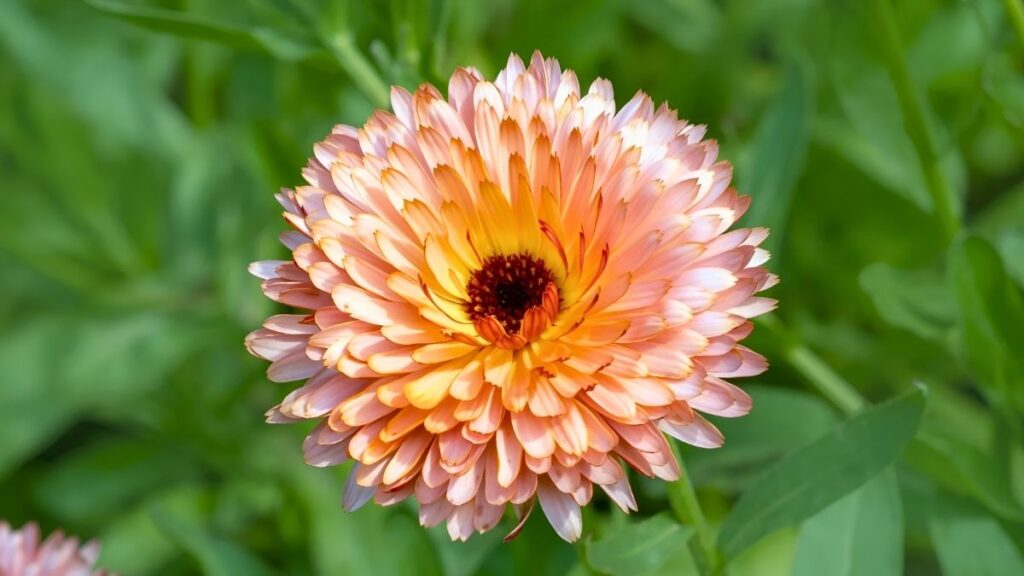
Sow seeds directly into garden beds or containers in a sunny spot. Calendula’s bright orange or yellow flowers are not only visually uplifting but also edible and medicinal. They make a beautiful garnish and can be dried for teas or salves.
In addition to its aesthetic and culinary value, calendula attracts beneficial insects, making it a useful companion plant throughout the garden.
Chard
Chard, or Swiss chard, is a reliable leafy green that’s both cold-hardy and productive. With its brightly colored stems and deep green leaves, it’s also one of the most visually striking crops to grow in cooler months.
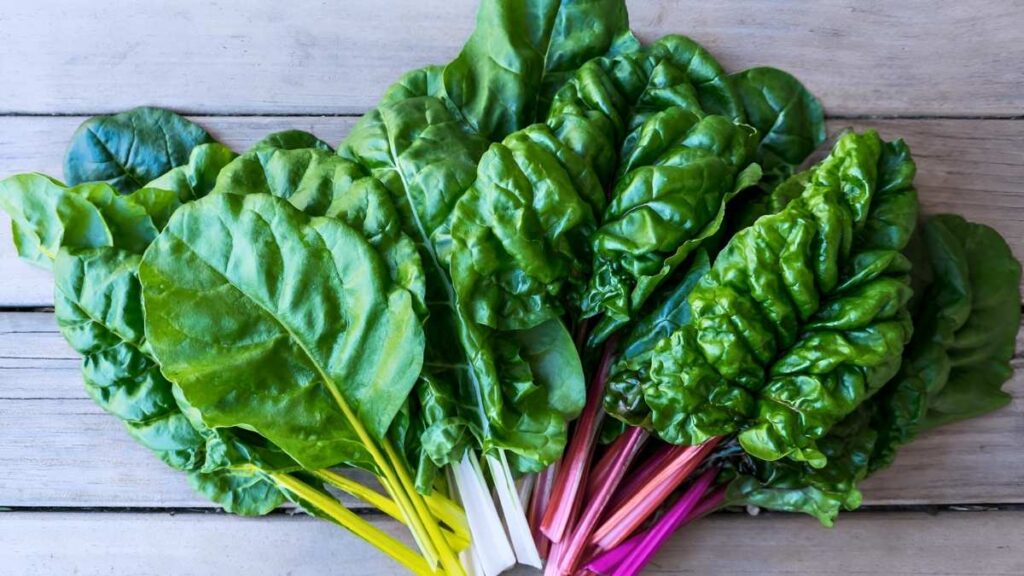
October-sown chard will establish a strong root system before winter and begin producing tender leaves through fall. In milder climates, it may continue to grow all winter; in colder zones, it often survives under protection and rebounds quickly in early spring.
Use it fresh in salads or cook it like spinach. It’s packed with nutrients and adds variety to the winter kitchen.
Onions (Sets or Seeds)
Many varieties of onions can be planted in the fall and overwintered for a summer harvest. If you plant onion sets small immature bulbs they’ll grow slowly through winter and begin bulking up in spring. Certain long-day varieties are ideal for this timing.
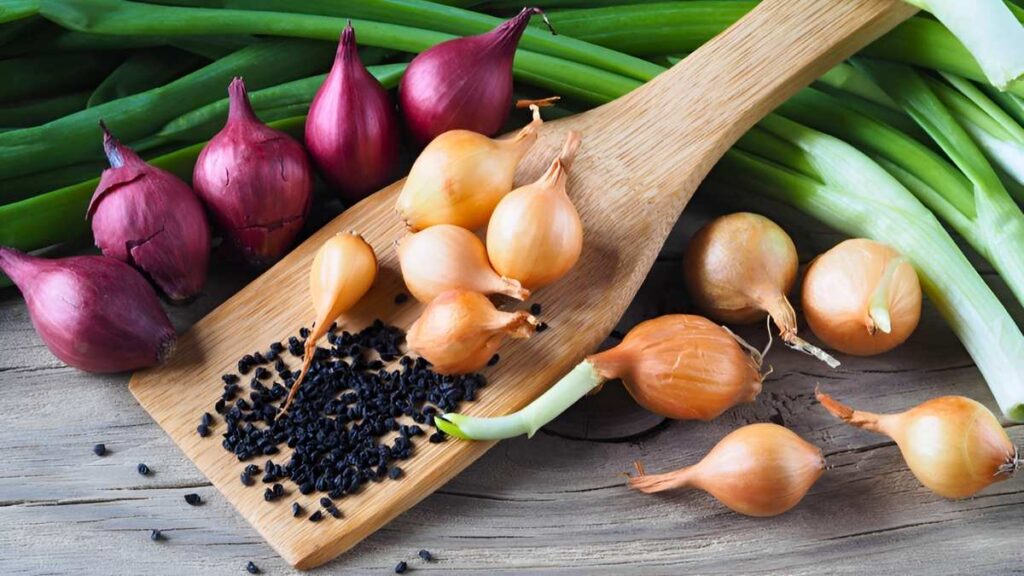
Onion seeds can also be sown in October in regions with mild winters. They take longer to mature than sets but often produce larger bulbs with better storage quality. Make sure your soil is well-draining and not prone to waterlogging, as wet conditions can lead to rot.
Add a layer of mulch to help insulate the soil and give your onions a strong start.
Planting with Purpose
Sowing winter-ready plants in October is about more than just keeping your garden busy. It’s about working with the rhythms of the seasons, making use of the soil’s lingering warmth, and setting the stage for an early and abundant spring. These hardy plants build strength in the background while the rest of the garden rests, proving that growth doesn’t have to stop when the temperatures drop.
Whether you’re growing food, supporting pollinators, or simply keeping a touch of life in your landscape, these October bloomers offer beauty, resilience, and plenty of payoff in the months to come. With just a little effort now, your garden can stay alive and productive long after the first frost touches the ground.




